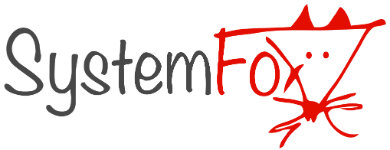Software as a Service (SaaS) is a cloud computing model that provides software applications over the internet on a subscription basis. With SaaS, customers can access and use software applications hosted and managed by a third-party provider, eliminating the need to install, maintain, and update software locally on their own computers or servers.
Key characteristics of SaaS include:
- Accessibility: SaaS applications are accessible from any internet-connected device through a web browser or dedicated client application, enabling users to access software functionality from anywhere, anytime.
- Subscription-Based Pricing: SaaS services are typically priced on a subscription basis, with customers paying a recurring fee (monthly or annually) for access to the software and related services.
- Multi-Tenancy: SaaS providers host and serve software applications to multiple customers (tenants) from a shared infrastructure, leveraging economies of scale to reduce costs and improve efficiency.
- Automatic Updates: SaaS providers manage software updates, patches, and maintenance tasks centrally, ensuring that customers always have access to the latest features, security enhancements, and bug fixes without manual intervention.
- Scalability: SaaS applications can scale up or down dynamically to accommodate changes in user demand, enabling customers to pay for only the resources they need and scale their usage as their business grows.
- Integration Capabilities: SaaS applications often offer integration capabilities with other cloud services, third-party applications, and enterprise systems through APIs (Application Programming Interfaces) and pre-built connectors.
Examples of SaaS applications include customer relationship management (CRM) systems like Salesforce, productivity suites like Microsoft Office 365 and Google Workspace, collaboration tools like Slack and Zoom, and enterprise resource planning (ERP) systems like SAP S/4HANA Cloud and Oracle NetSuite.
Organizations use SaaS to streamline business processes, improve productivity, reduce IT infrastructure costs, and quickly adopt and deploy software solutions without the need for upfront investment in hardware, software licenses, or maintenance.
